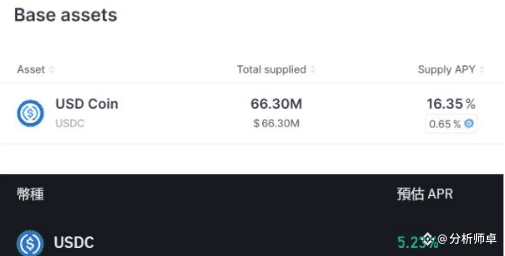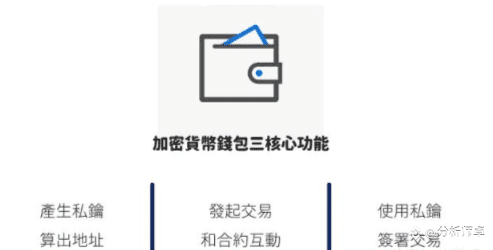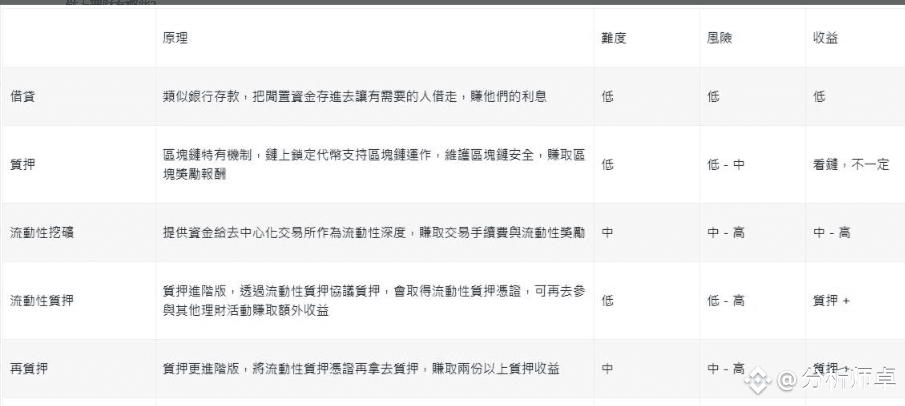Enter the content to be converted here. Cryptocurrency operates on the blockchain and is a virtual currency, with an emphasis on: 'operating on the blockchain.'
Cryptocurrency exchanges are a common entry point for many people into cryptocurrencies because they are relatively simple and user-friendly. However, exchanges may only account for 5% of the entire crypto world; most cryptocurrencies are not listed on exchanges, making it impossible to purchase these early alpha assets on exchanges. Many financial products and innovative mechanisms also appear on-chain, so if you invest in cryptocurrencies solely using exchanges, you are actually missing out on most of the crypto world.
Better earning opportunities often appear on-chain. For example, the following is the first DEX on the Solana chain: Raydium, which at the time of writing has liquidity mining yields. The stablecoin pool does not have to bear the risk of price fluctuations, with an annualized return rate of over 50% (compared to exchanges, which typically only offer 5-15% annualized returns for stablecoins).

The well-known Layer 2 BASE chain AAVE lending protocol has a USDC deposit interest rate of up to double digits, while the leading exchange Binance offers only a 5.23% interest rate.

It is indeed more challenging on-chain, with higher risks, which is why many people start by learning through cryptocurrency exchanges. However, exchanges only account for a small part of the crypto world; more rewards and early opportunities are found on-chain. As you gradually become familiar with this field, you might consider starting to develop on-chain.
Participation on-chain can be simply divided into two parts: one is buying coins, aiming to acquire potential coins at a lower cost. There are more options on-chain, allowing you to buy coins at an earlier stage. For this part, you can refer to the following two articles:
Why can he buy coins that you cannot? If you only use exchanges, you are only exposed to 5% of the crypto world. How do you buy coins on-chain?
Cryptocurrency investment level 1 (beginner) Overview of primary (first-level) and secondary (second-level) markets, participation teaching
Another aspect is financial management, effectively utilizing the coins you hold to earn more returns. There are more types of financial products on-chain than on exchanges, often offering higher returns. This article will introduce several mainstream on-chain financial products and provide a simple comparison table for quick understanding. Lastly, I will introduce several useful tools for on-chain financial management, which you can access directly from the table of contents.
What is on-chain financial management?
Let’s start with a basic definition of financial management: using the coins you hold to earn returns. Buying low and selling high for price differences belongs to trading, while financial management focuses on earning coins, using the coins you hold to earn more coins.
On-chain financial management refers to financial activities conducted on the blockchain. Since we need to participate on the blockchain, we must leave the exchange and use decentralized cryptocurrency wallets.
Preparatory steps for on-chain financial management - creating and learning about cryptocurrency wallets
You must first have a cryptocurrency wallet and transfer some coins into it before you can begin on-chain financial management, which is a key preparatory step:
Create a cryptocurrency wallet
Transfer to the wallet
Currently, there are dozens of active blockchains that can be divided into several major ecosystems, with different wallets used in different ecosystems:
EVM wallet Metamask, the little fox wallet, Solana wallet, Solana wallet
Bitcoin wallet Bitcoin wallet Polkadot wallet Polkadot wallet
There are many other ecosystems, such as Cosmos, TON, Near, etc., each using different wallets. Here are the principles of how cryptocurrency wallets operate:
What is a cryptocurrency wallet | Operating principles, usage teaching

For those who want to engage in the blockchain ecosystem, first install the wallet for that ecosystem and transfer some coins into it. This is the preparatory work for on-chain financial management, and once completed, you can get started.
What are the on-chain financial management options?

Difficulty / risk / return are all relative, compared to other on-chain financial products.
The top five DeFi categories by TVL on the decentralized finance on-chain information platform DeFiLlama show the level of capital participation in various on-chain financial products. 3+4 belong to liquidity mining, and most on-chain financial management is composed of these three areas:
Staking-related (including staking, liquidity staking, and re-staking)
Lending
Liquidity mining
The following is a ranking based on the difficulty of operation.
Staking
Staking is a mechanism for participating in blockchain operations. In POS consensus, the next block packaging node is selected based on the amount of tokens staked on that chain, and the selected node will receive block rewards as a return after packaging the block.
Locking the platform token of the chain on the blockchain > Being selected as a block packaging node > Receiving block rewards, this is the basic logic of staking. Sometimes, we do not need to become a node; we can also delegate the locked cryptocurrency to a node, and still receive a share of the block rewards.
To fully understand the staking mechanism, one must first know what blockchain consensus is:
What is blockchain consensus? Analyzing the innovations of Berachain consensus 'proof of liquidity POL'
Although the principles are somewhat complex, the operations are extremely simple; this is one of the simplest operations in on-chain financial management, which is why it is introduced first.
Different chains have slightly different staking operations, and many chains now allow direct staking within the wallet.